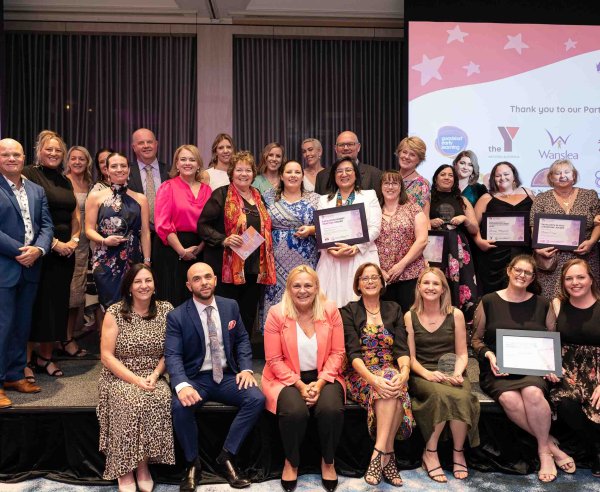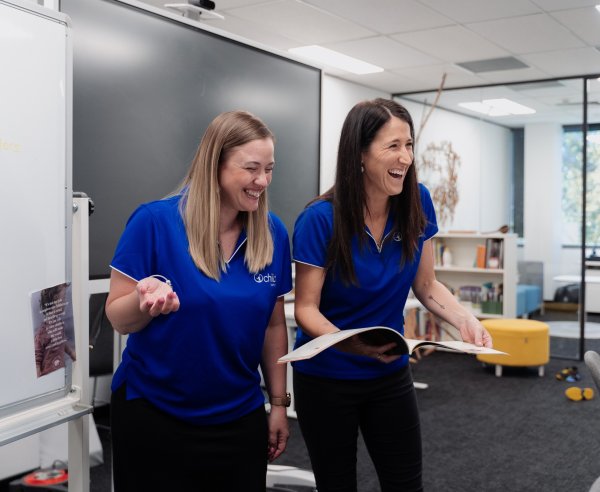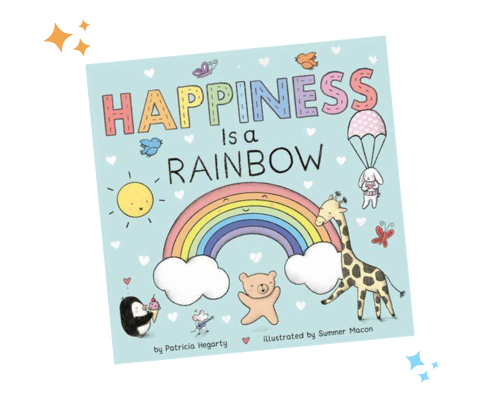Statement from our CEO
Please note that the following content discusses child sexual abuse, which may be distressing or triggering for some readers. We are deeply concerned about your emotional wellbeing and advise you to approach this statement with caution.
I want to address the recent distressing media report from the Australian Federal Police concerning child sexual abuse in childcare centres throughout QLD and NSW. The safety and wellbeing of every child in our care has always and will always be, our utmost priority. We ensure, and advocate for, best practices in safeguarding children.
The following information serves to ensure that our families know the many proactive measures in place to protect children across our various settings, and to provide guidance to other Education and Care providers on the range of actions that can be implemented to prioritise child safety.
Child Australia’s safeguarding practices include the following 10-point plan:
- Rigorous Recruitment Process: We employ a comprehensive recruitment process, which involves thorough tasks, assessments, and background checks.
– Working with Children Check (WWCC): All staff members are required to provide a current working with children card, which we verify through the national WWCC website to ensure currency.
– National Police Checks (NPCs): Leadership positions, such as Nominated Supervisors and Provider Digital Access (PRODA) roles, require a National Police Check. - Reporting Unacceptable Practices: As an Approved Provider, we are committed to reporting any unacceptable practices observed in our Educators to the Regulatory Authority. This can lead to the revocation of an individual’s WWCC and inclusion on a register preventing them from engaging in work within any services.
- Comprehensive Child Protection Training: Every Educator completes mandatory child protection training, which is updated annually to keep them informed about the latest safety protocols and guidelines required for best practices in safeguarding children.
- Active Supervision Framework: All our educators are trained in Active Supervision practices. We conduct regular comprehensive audits of our framework to ensure that our staff actively engage in training sessions, self-reflection tools, and supervision plans. Our team are well-equipped to understand and maintain a safe environment for children. Additionally, our educators are not permitted to have personal devices while working directly with children.
- Optimised Layout: Bathroom and child changing facility layouts ensure all staff and children are always visible. This also allows Educators to carry out care practices for children frequently throughout their day in a safe and responsive approach.
- Restrictions on Agency Staff: To maintain the highest level of safety, agency staff are not permitted to engage in one-on-one tasks with children such as changing a child’s nappy.
- Building Trust with New Educators: We recognise the importance of building strong relationships with children. As such, new educators are not expected to perform routine tasks with children until a trusted relationship has been established.
- Collaborating with Child Protection Experts: We work closely with protective behaviour experts to ensure our staff maintain a best practice approach in safeguarding children.
- Age-appropriate Education: We ensure age-appropriate protective behaviours education within our curriculum, empowering children to recognise and report any uncomfortable situations they may encounter.
- Active Visitor Surveillance: All visitors are required to sign-in and out of centres. All contractor works are prioritised for completion outside of operation hours. Any urgent requirement for work that can only be actioned during operational hours ensures that the visitor is always supervised by a Child Australia staff member.
We understand that the media reports can be distressing for professionals in the Education and Care sector. Our advice is to prioritise self-care and seek support from your employer or a trusted source. To ensure the safety and protection of all children under our care, it is essential to have adequate training and skills. We encourage you to be familiar with your organisation’s policies and practices, continually update your professional learning, and raise any concerns about insufficient practices respectfully. To aid your development, we have made one of Child Australia’s on-demand webcasts about child protection available for free to sector professionals during August.
For our families, our staff, and broader Education and Care Sector professionals, our collaborative vigilance is critical in ensuring every child’s safety. Please be proactive and report any concerns or observations to centre leaders. Ask any questions you have and let’s keep the dialogue open so that together we can ensure safe environments for all children.
Thank-You
Tina Holtom



